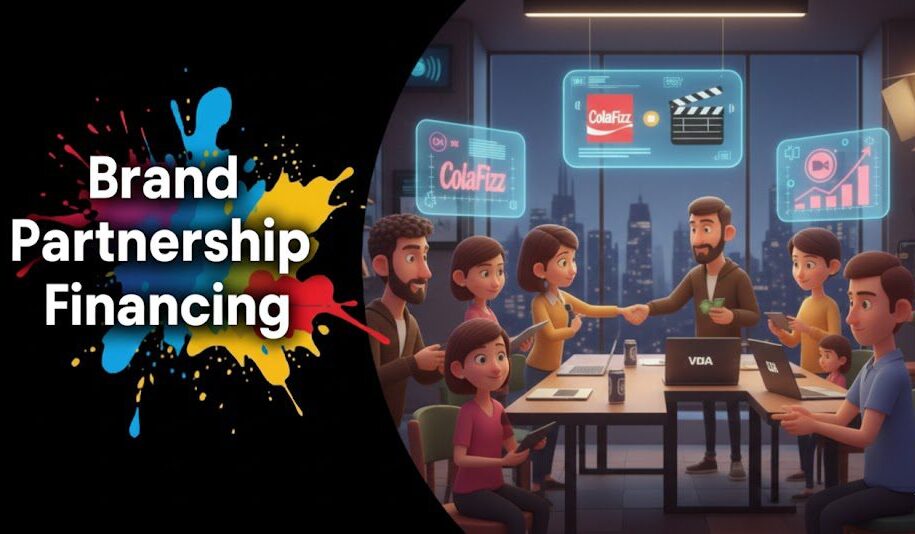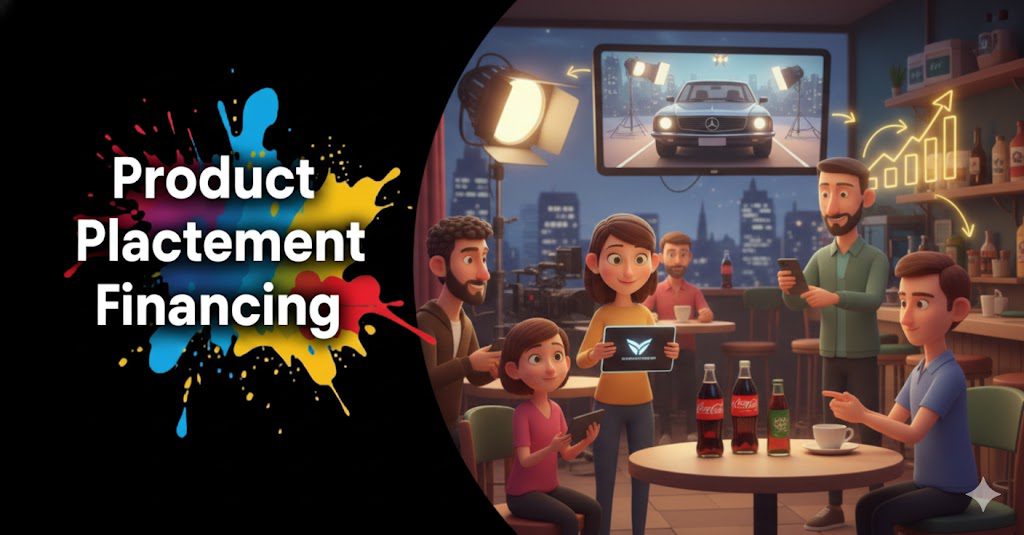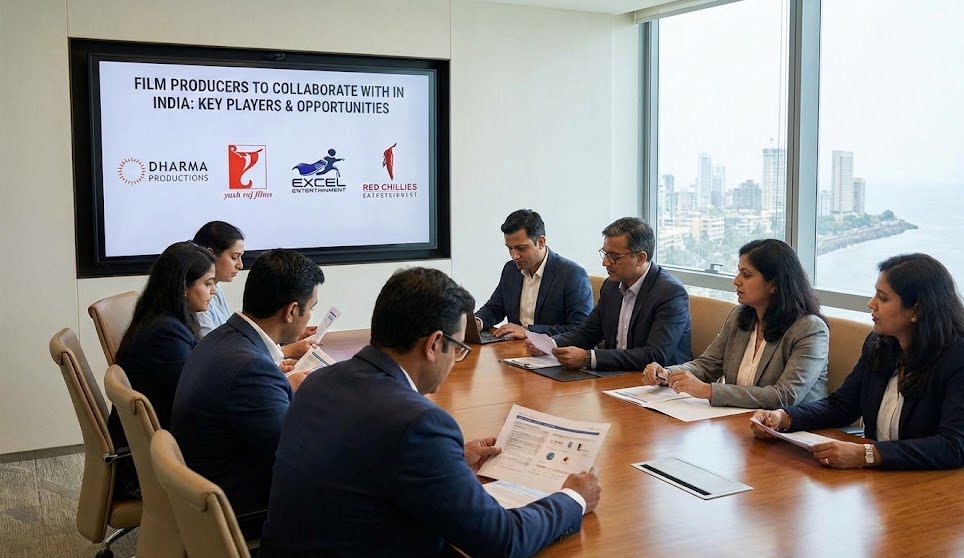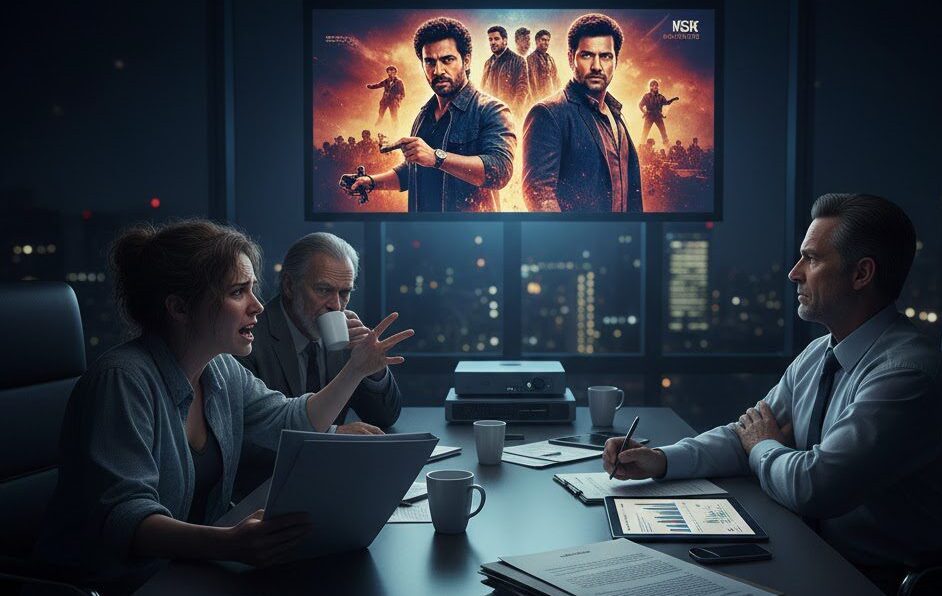Archival Content in Film Production: The New IP

Introduction
In a content-saturated world, the quest for a fresh, authentic story has led filmmakers and producers to an unlikely source: the past. The documentary film and TV show market, valued at over $12.96 billion in 2024, is experiencing a robust surge as audiences increasingly seek out factual, informative, and compelling narratives.
This meteoric rise has been fueled by a growing demand for non-fictional content and an expanding array of distribution platforms, with streaming platforms projected to account for 40% of the market’s revenue. As a senior executive, you know that while a good story is priceless, finding it can be a costly and time-consuming challenge.
The vast, undigitized archives of the world, containing over 150 million visuals, remain a largely untapped reservoir of cinematic potential. Unlocking this treasure trove requires more than just a search; it requires a strategic framework for discovery, partnership, and ethical integration.
This article will provide a strategic guide to using archival content in film production, revealing how to transform historical footage from a simple licensed asset into the core intellectual property of your next hit. I will show you how a platform like Vitrina can act as a force multiplier, enabling you to find the right partners to turn untold stories into captivating films.
Table of content
- The Untapped Treasure: Why Archival Content is the New IP for Film Production
- Beyond Licensing: The Rise of the Content Partner in Film Production
- Navigating the Future of Film Production with Ethical AI and Smarter Search
- How Vitrina Empowers Strategic Partnerships in Film Production
- Conclusion: The Future of Factual Storytelling is Here
- Frequently Asked Questions
Key Takeaways
| Core Challenge | While the documentary market is booming, accessing the vast, undigitized archives of the world and finding the right partners for these projects remains a significant challenge. |
| Strategic Solution | Treat archival content as valuable IP and engage in strategic partnerships, including co-productions where content can be used as equity, to unlock a new universe of authentic stories. |
| Vitrina’s Role | Vitrina provides the verified intelligence on production houses, studios, and content partners that allows you to find and vet the right collaborators to turn archival discoveries into successful film projects. |
The Untapped Treasure: Why Archival Content is the New IP for Film Production
For a production executive, the value of archival footage goes far beyond simply providing historical context. It is a powerful tool for storytelling that provides authenticity, emotional depth, and a direct connection to past events.
In fact, the use of archival footage has been a cornerstone of documentary filmmaking since its inception, as seen in early works like Nanook of the North and Drifters. As Ken Mainardis, Global Head of Editorial at Getty Images, noted, his company “operates the world’s largest privately held archive of video and stills,” dating back to the birth of photography. However, only about 1% of that content is digitized, making the remaining 99% a vast, unexplored treasure trove for new projects.
The challenge lies in discovery. With millions of assets waiting to be unearthed, the process of finding the right footage can be like a “treasure hunt”. This is a strategic opportunity for production companies to gain a competitive advantage by exploring these archives for untold stories and new ideas.
From biographies of influential figures to documentaries on societal or environmental issues, the demand for authentic, non-fictional content is booming. Archival footage offers a way to meet this demand, providing a cost-effective alternative to expensive reconstructions while lending credibility and a sense of “foundness” to a narrative.
Beyond Licensing: The Rise of the Content Partner in Film Production
The relationship between a content provider and a production company is evolving from a simple licensing transaction into a strategic partnership. For a company like Getty Images, flexibility is key to being the “best possible partner”. This has led to a growing emphasis on co-productions, where content, including material from a partner’s archive, can be included as equity in a project.
This approach allows content experts to be “guided and driven by the production experts”, creating a collaborative model that benefits both parties. This is a critical development in a market where production costs are rising and funding models are limited.
This approach to collaboration is not just theoretical. In Europe, Getty Images has engaged in a number of “exciting projects,” including a cricket documentary and an upcoming boxing series. This model demonstrates a willingness to invest and partner on projects with a clear line of sight to a commercial outcome.
This strategic evolution reflects the need for content suppliers to become an integral part of the creative process from the ideation phase to final release. It also provides a new avenue for independent producers, who often face funding challenges, to access high-quality, authentic content and expertise for their projects.
To learn more about how Getty Images’ strategic approach to licensing and partnerships is redefining the industry, I recommend reading Getty Images and Visual Archives in the IP Licensing Era.
How Vitrina Empowers Strategic Partnerships in Film Production
To capitalize on the opportunities presented by archival content, you need to find the right partners. This is where Vitrina’s platform becomes a mission-critical tool. The process of finding a co-production partner, a financier, or a content supplier like Getty Images is often a manual, fragmented, and time-consuming process.
Vitrina provides a comprehensive, structured database that allows you to quickly identify and vet potential collaborators based on a variety of criteria, including their past projects, specializations, and regional focus.
The platform’s rich metadata links projects, companies, and executives, providing the deep insights needed to make informed decisions. You can search for production companies that have a proven track record in the documentary space or find financiers who specialize in co-productions. With Vitrina, you can move beyond a limited network and tap into a global ecosystem of over 80,000 production companies and over 3 million decision-makers.
This allows you to build a highly-qualified business pipeline and engage in conversations at the earliest stages, ensuring your next project has the strategic support it needs from day one.
Conclusion: The Future of Factual Storytelling is Here
The use of archival content in film production is a strategic imperative for any executive seeking to create compelling, authentic, and profitable content. The rise of the documentary and factual entertainment market has created a new universe of opportunities, but unlocking them requires a shift in mindset—from licensing a simple asset to forging strategic partnerships where content can be used as a form of equity.
The key to success lies in a data-driven approach that helps you find the right partners and technologies to turn untapped archives into the next great story.
Ultimately, a platform like Vitrina provides the foundation for this approach. It empowers you to confidently navigate the complex web of content suppliers and production partners, enabling you to build the relationships that will define the future of factual storytelling. By leveraging real-time intelligence, you can turn a challenging treasure hunt into a streamlined, strategic process.
Ready to make smarter, faster decisions in the new era of content production? Sign-up Today
Frequently Asked Questions
Archival content in film production refers to the use of previously recorded video, film, or photographic material in new projects. This content is often historical and is used to provide authenticity, context, or emotional depth to a narrative, particularly in documentaries and non-fiction projects.
Archives are becoming more important because they contain a vast, largely undigitized reservoir of untapped stories and visual assets. In a crowded content market, a great story is the most valuable asset, and a “treasure hunt” through historical archives can uncover a new universe of cinematic potential.
AI can help with archival content discovery by enabling more intuitive search capabilities. Instead of relying on traditional keywords, machine learning can allow producers to search for content at a “scene level” or “script level,” making it easier to find relevant footage and contextual information.
The documentary film market is growing rapidly, driven by rising consumer demand for authentic, non-fictional content. Key trends include the increased popularity of true-crime, historical, and biographical documentaries, as well as a significant increase in independent productions and investments by streaming platforms.


































